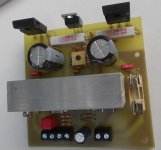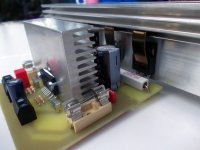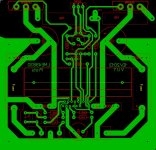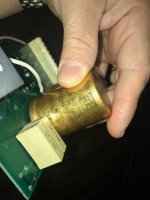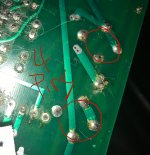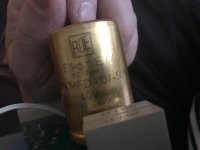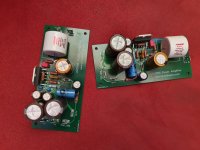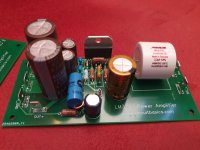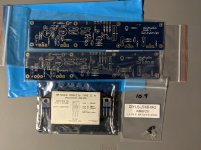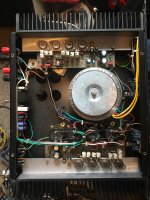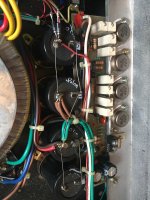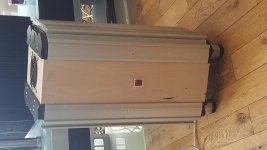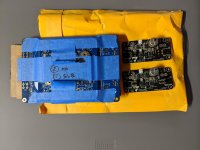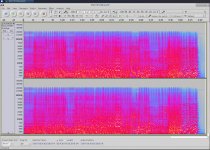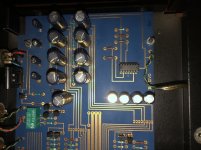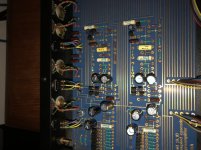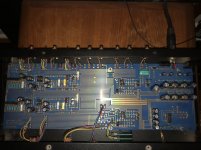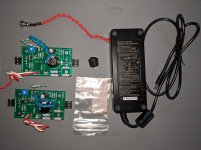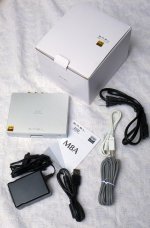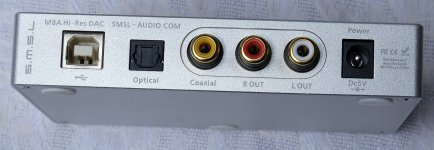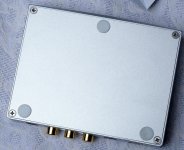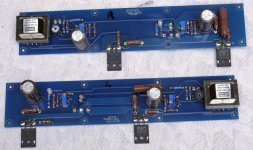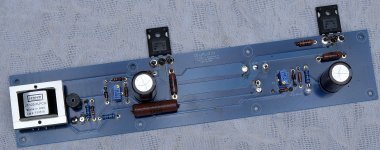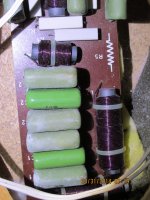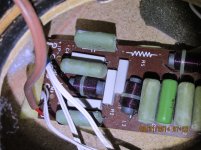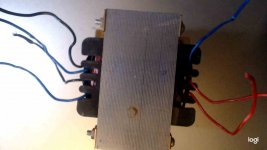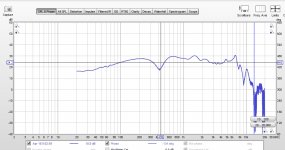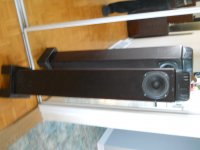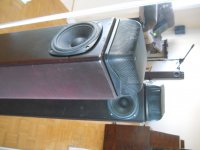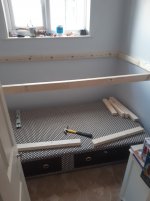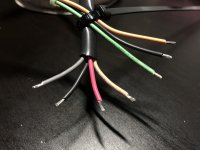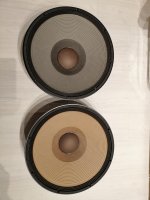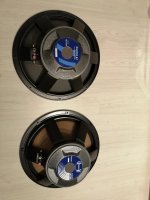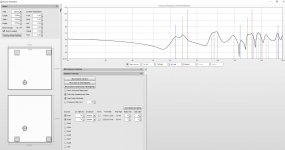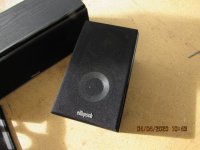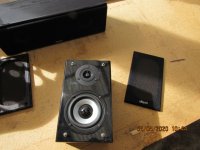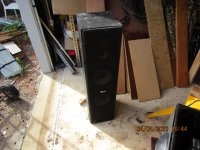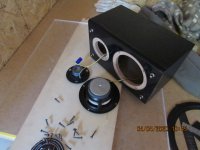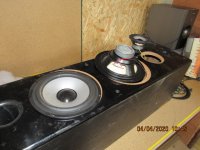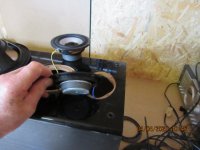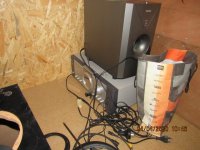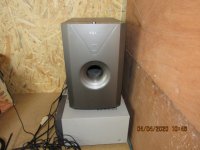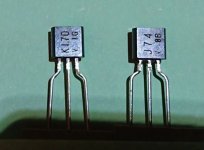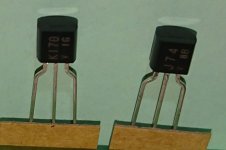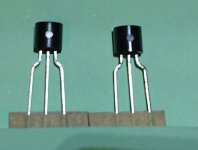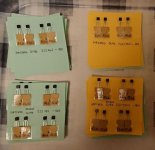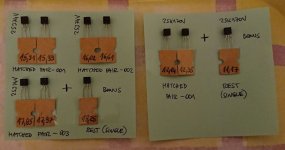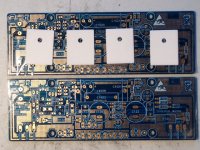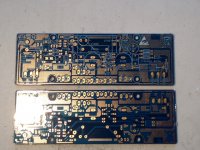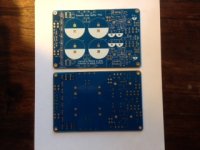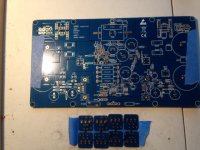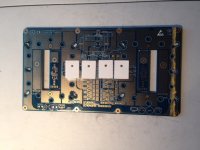I have a pair of new, used, never hooked up TD12H -4ohm. The "H" version is the best for sub use and for smaller enclosures. Fs = 26
$245 each + shipping. Shipping for one should be around $31 and $51 for both. Free pickup for cash in Denver area.
These will come in the original carton with all packaging materials.
These are great-looking speakers. Would work great as subs or in a 3-way design.
Acoustic Elegance TD12H - Sealed or Vented Box Applications
The TD Series woofers are low distortion, high Xmax, wide bandwidth, bass drivers designed for sealed or vented enclosure applications. The TD12H uses a 4 layer flat wire copper coil. They have the highest BL and also highest mass. This allows them to work in smaller vented enclosures and have better low end extension. They make the best pure subwoofer drivers in the series.
TD12H Highlights:
Lambda Motor with Full Copper Faraday Sleeve (FCFS) (Apollo Option available)
Extremely low and linear inductance
Wide bandwidth and detailed midbass
High Xmax with clean suspension travel
High Efficiency upper/midbass
Designed for sealed or vented box applications
Also ideal for SQ Automotive subwoofers
The TD Series woofers are low distortion, high Xmax, wide bandwidth, bass drivers designed for sealed or vented enclosure applications. They work well in a variety of applications including subwoofers, bass/midbass drivers in 2way or 3way systems, and automotive SQ subwoofer applications. The Lambda Motor means they have very low/linear inductance with response extending cleanly to over 1000hz. The high Xmax allows them to play the lowest notes with accuracy and authority. TD woofers have been used in high end recording monitors, home theater subwoofers, and extremely high end hi-fi systems retailing for upwards of $100,000. When you want the most accurate woofer for sealed box applications, look no further than the TD Series.
So why do you have several versions? What do the different letters, M, S, X, and H mean?
The TD Series woofers come in 4 different varieties allowing for a variety of uses.
The TDM woofers are designed specifically for midbass/midrange use. They have higher efficiency and extremely clean upper end extension, playing cleanly to over 2KHz on axis. The Xmax is lower, 6mm, which is a trade off necessary to achieve the high efficiency.
The TD S, X, and H are all similar and can be used in bass/midbass applications. The core parts (cone, surround, spider, motor, and frame) are the same among all models. The only difference between the models is the wire used to wind the voice coils. All extend cleanly to over 1KHz.
The TDS use a 2 layer round wire copper coil for higher Qts. They are typically the option chosen for sealed box applications and larger vented box applications. They are often used in larger floor standing speakers.
The TDX uses a 4 layer flat wire aluminum coil. The BL is slightly higher and mass is slightly lower. They are typically used in vented enclosures where more efficiency is desired.
The TDH uses a 4 layer flat wire copper coil. They have the highest BL and also highest mass. This allows them to work in smaller vented enclosures and have better low end extension. They make the best pure subwoofer drivers in the series.
TD12H-4ohm
Fs: 26.7Hz
Qms: 3.72
Vas: 160 L
Cms: .4 mm/N
Mms: 88.6 g
Rms: 4 kg/S
Xmax: 14 mm(peak)
Xmech: 18 mm(peak)
Sd: 530 sqcm
Vd: 1.48L (p-p)
Qes: .25
Re: 3.5 ohm
Le: .3 mH
Z: 4 ohm
Bl: 14.4 T/m
Pe: 500W (cont.)
Qts: .23
1WSPL: 92.9 dB
2.83V: 96.46 dB

